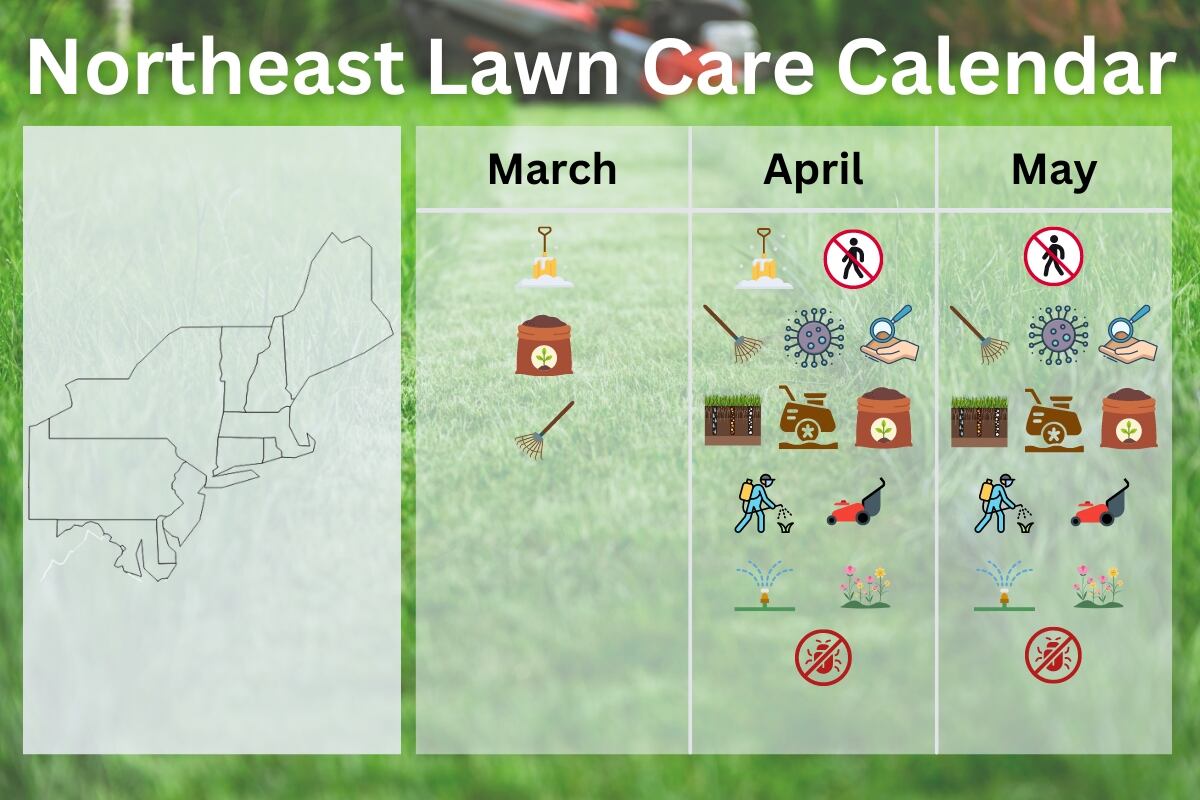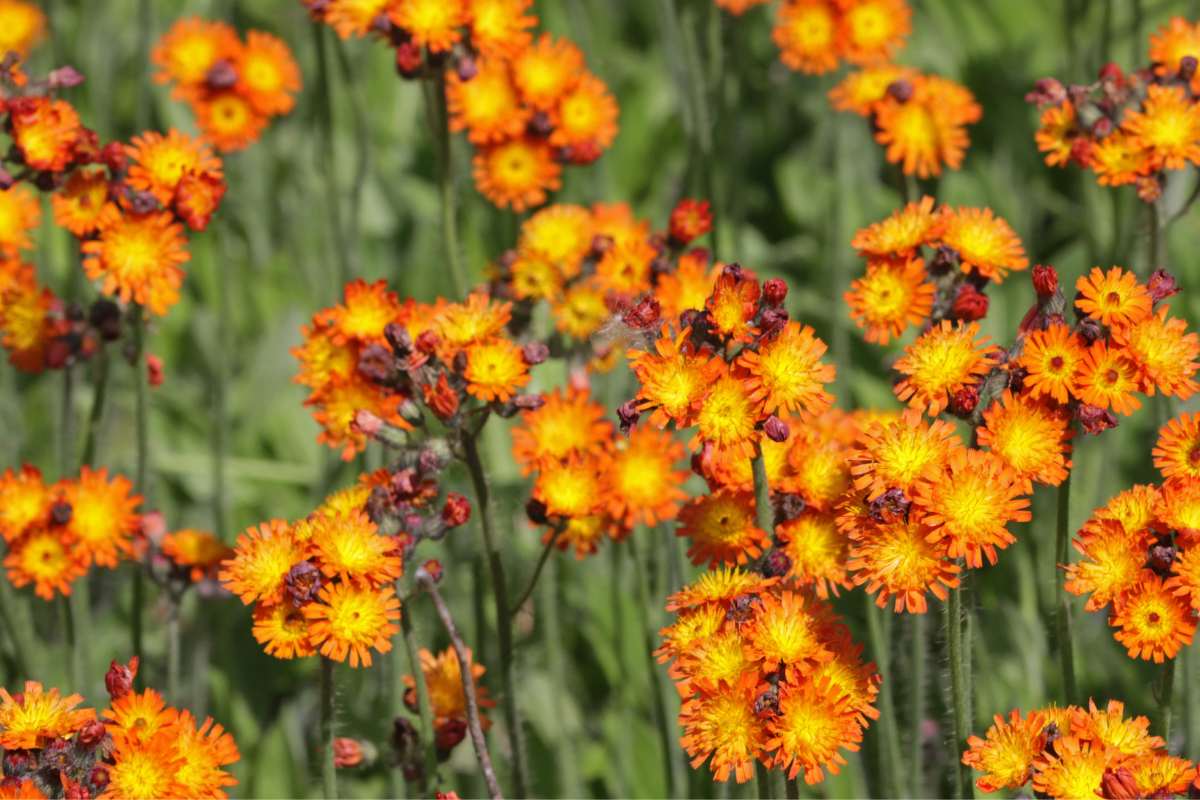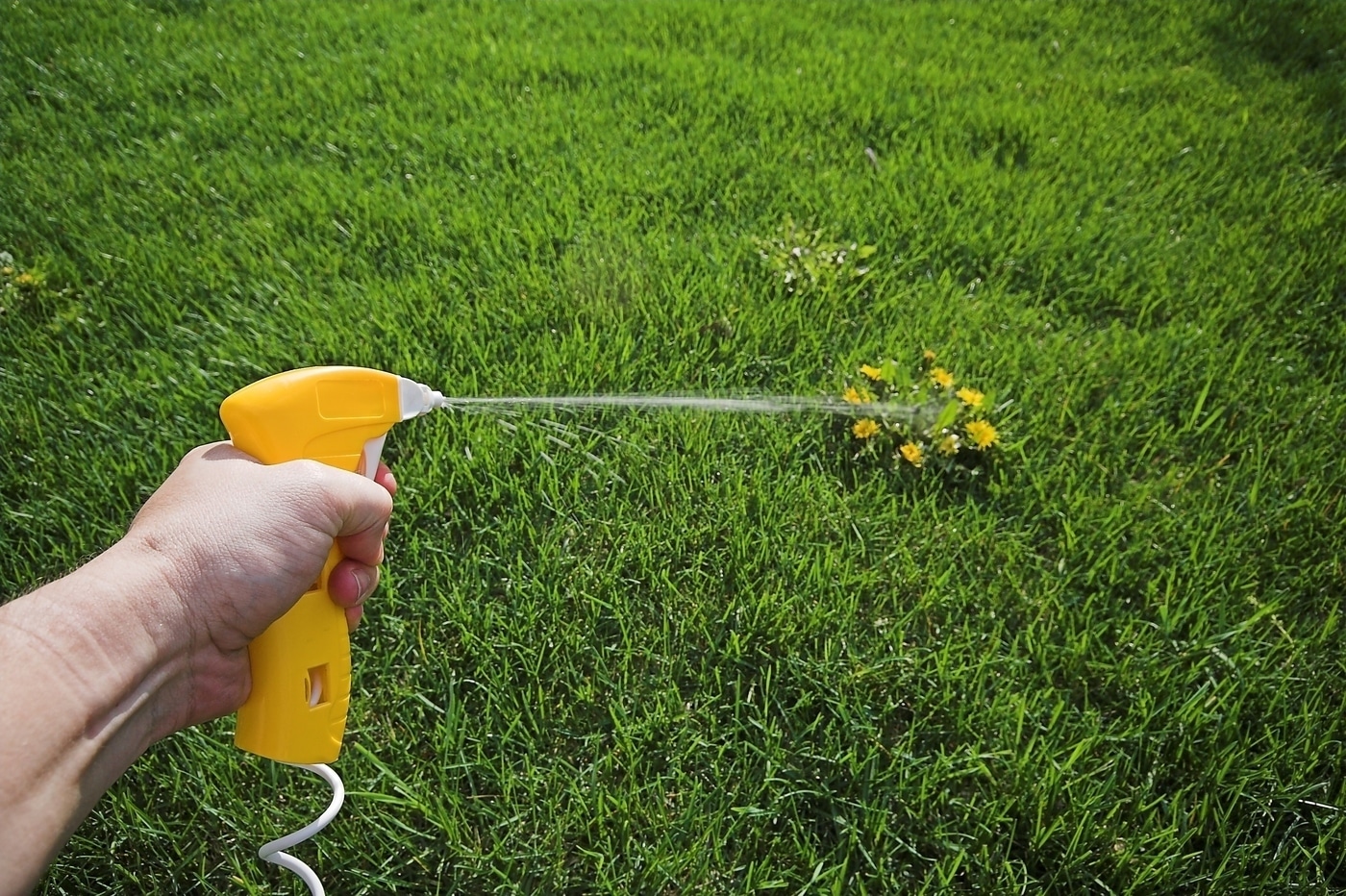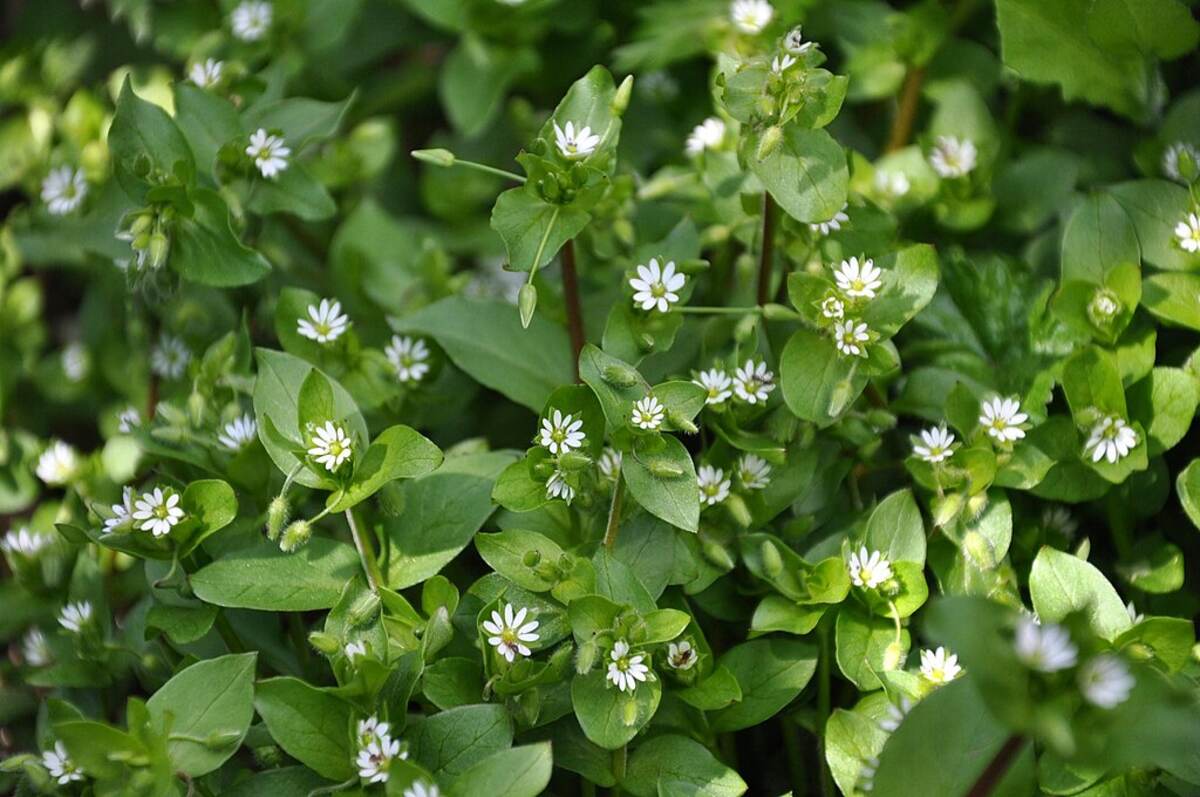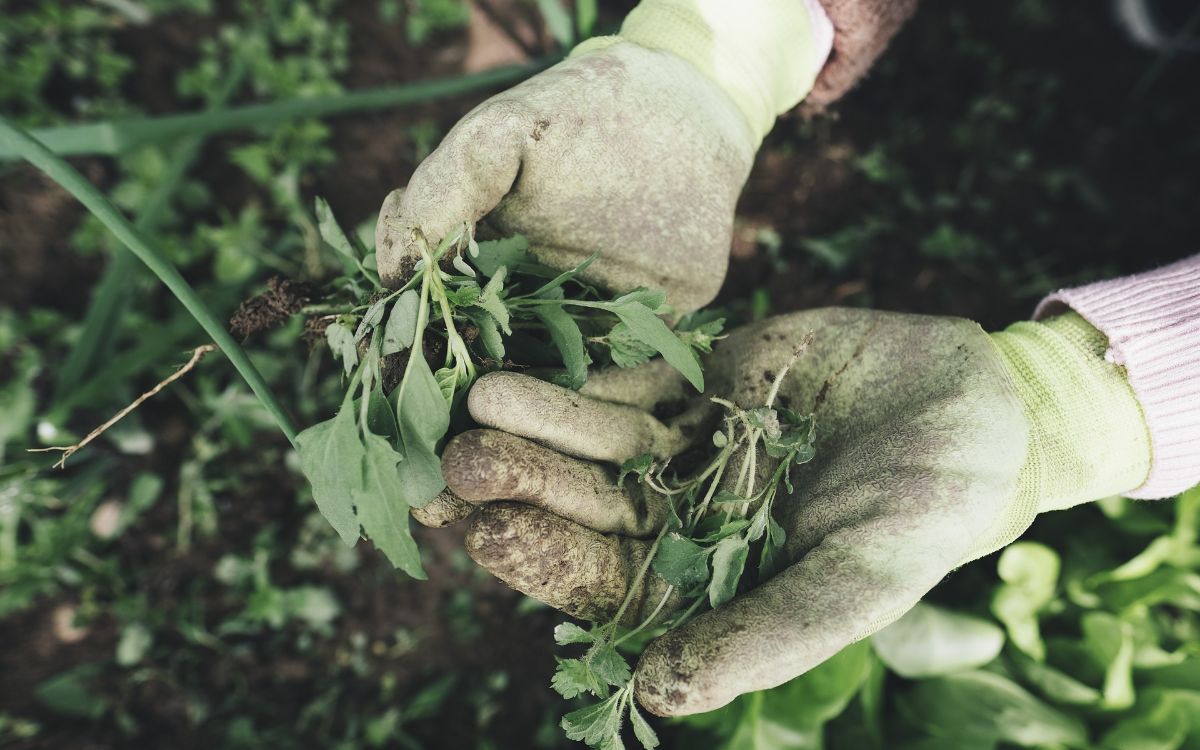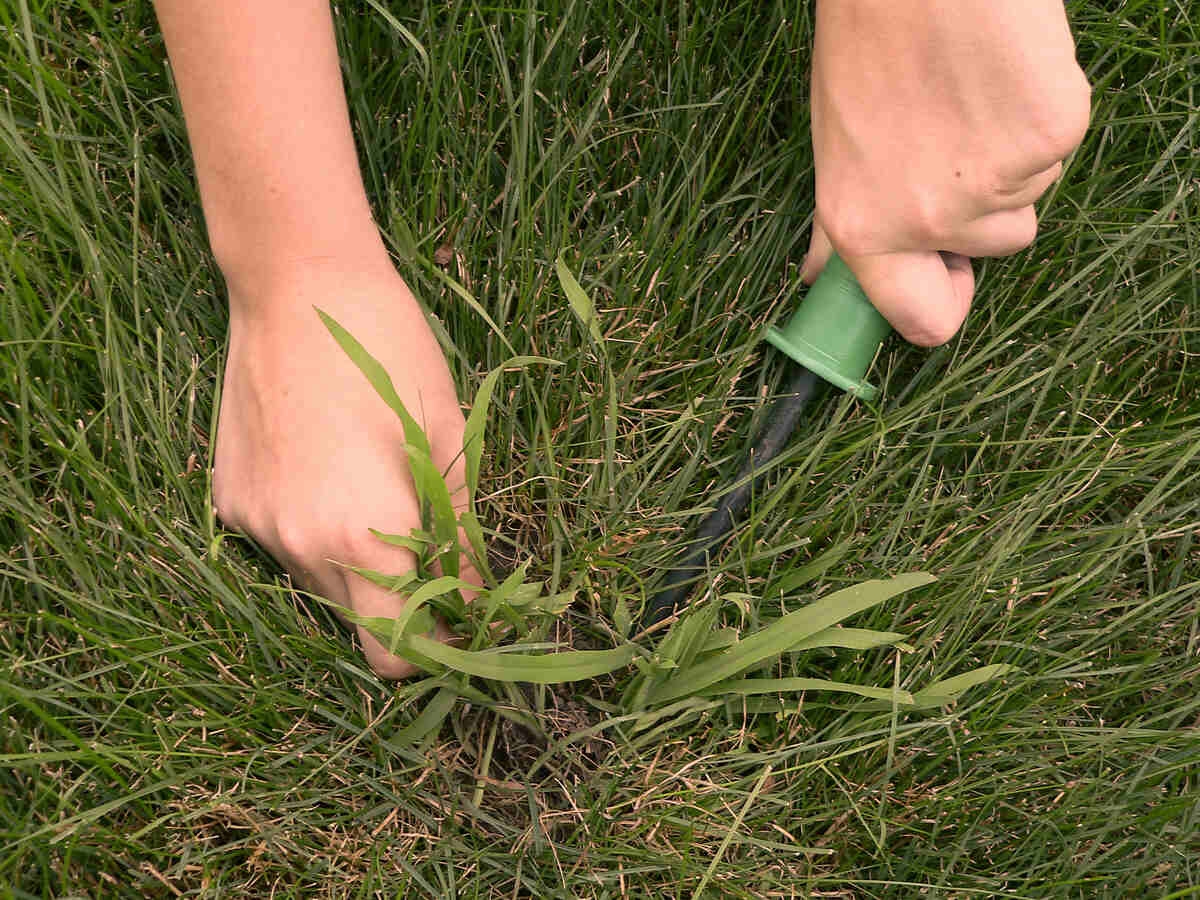
You can eliminate crabgrass by hand-pulling the weeds, applying post-emergent herbicides, or hiring lawn care professionals. Learn how to get rid of crabgrass in your yard once and for all.
Getting rid of crabgrass can be a challenge, and typically your best bet is to act before an infestation occurs. But in case you missed the window of opportunity to prevent these weeds from appearing, we’ll go over several methods you can use alone or combined to eliminate the existing crabgrass on your lawn.
What is Crabgrass?
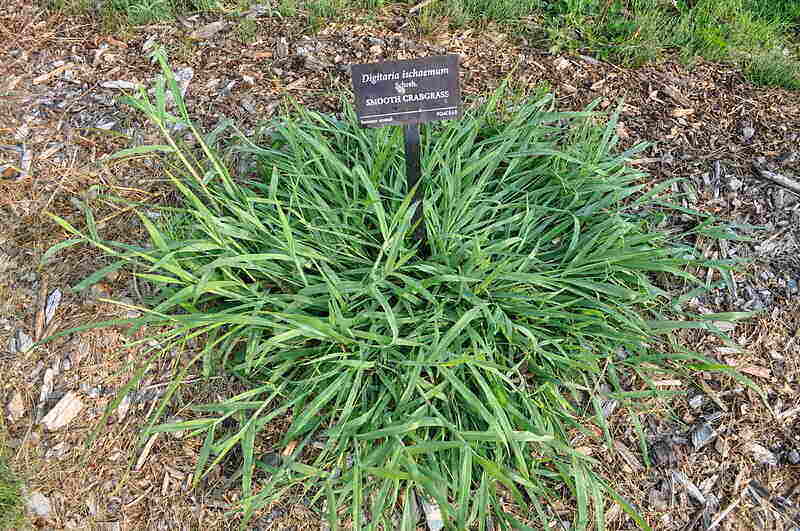
Crabgrass is a stubborn summer annual weed, usually the first summer annual to sprout. It tends to appear in compacted soil and areas where the grass is thin and weakened. Crabgrass is commonly found alongside driveways and sidewalks due to the additional warmth of the paved surfaces nearby.
How to identify it: Crabgrass has coarse, yellow-green leaves and is easy to spot among the green, fine leaves of your turf. It grows in bunches, like the arms of a crab (hence its name).
Why you should get rid of it: Crabgrass is bad for your lawn because it can quickly take over and crowd out desirable turf. It also reproduces rapidly: A single plant can produce as many as 150,000 crabgrass seeds. Additionally, it is also a tough weed, enduring high temperatures and dry conditions, so don’t expect it to go away on its own.
Side Note: If you’re struggling to get rid of crabgrass on your own, it’s never too late to book a pro to apply a lawn treatment for you.
4 Effective Methods to Get Rid of Crabgrass
1. Post-Emergent Herbicides
A common choice for any weed issue is to spot-treat the plants by applying a post-emergent herbicide after the weeds have sprouted. Choose a product that targets crabgrass and other invasive grasses (as crabgrass is a grassy weed, not a broadleaf weed). See our list of the Best Post-Emergent Herbicides to choose the right product for you.
Both liquid and granular post-emergent options work equally well to get rid of the crabgrass in your lawn. Undiluted liquid products require a calibrated sprayer, but liquid herbicides marketed for home use often come in a spray bottle or with a hose-end sprayer. For granular herbicides, you’ll need a fertilizer spreader to evenly spread the product on your lawn.
Compare the Types of Post-Emergent Herbicides in our article to find the best option for you.
2. Manual Removal
Removing the individual crabgrass plants is an effective plan of attack. You can use a weeding tool, or simply a screwdriver, to probe the weed and then pull by hand. If you loosen the plant well around the edges (or find the center, if using a weeding tool), it should come up easily and in one piece. As long as you remove the crown (growing point), it won’t grow back.
See how this homeowner uses a planting tool to get rid of crabgrass:
Ideally, this should be done in late spring, before the crabgrass plant grows large and distributes its seeds. If you missed this opportunity, removing crabgrass by hand is still one of the surest ways to get rid of it in the summer, when its sprawling tillers are easy to spot on your lawn. To make things easier, do it following a good rain when the soil is moist and soft.
Pro Tip: One common misconception is that cutting crabgrass short will kill it off quickly. This little villain can produce seeds even at 1/2 inch tall, which is much shorter than any lawn should be mowed.
3. Natural and Organic Methods
If you’re not into chemicals or removing weeds by hand, try these natural methods to kill the crabgrass plants in your yard. Organic herbicides are most effective in the early stages of weed growth. Treating weeds early also means they won’t produce seeds, greatly reducing the number of plants you’ll have to get rid of next year.
- Vinegar is a natural weed killer. You can spray it directly onto crabgrass or you can mix it with other natural weed killers in this list (like lemon juice and salt). However, keep in mind that vinegar kills weeds and everything else it comes in contact with.
- Boiling water is another popular homemade weed killer. You can pour boiling water directly onto the weeds as a spot-treatment. It works by damaging the plant’s cells, affecting mainly the top part of the weed.
- Lemon juice contains citric acid, which kills the plant it comes in contact with. As with boiling water, it may take a few applications before you see the results. It may take a day or two for the weeds to start dying.
- Salt is also a plant killer. Those who live in coastal regions know from experience that high-salinity soils, for example, are very difficult to cultivate plants in. You can dilute 1 cup of table salt in 1 gallon of water and use the solution in a sprayer to spot-treat weeds.
- Sodium bicarbonate, popularly known as baking soda, can be applied directly from the package or mixed with lemon juice or with water. It works by drying out the plant, since baking soda is mainly composed of salt.
- You can also use botanical oils to get rid of crabgrass naturally. Nowadays, you can buy organic weed killers from the store that use botanical extracts like red thyme oil, clove oil, cinnamon oil, or summer savory oil. Products may also contain eugenol, d-limonene, or even iron compounds such as chelates.
All of these substances are non-selective, meaning they’ll kill anything they contact, including your grass, so be careful when you spray. Most store-bought essential oil weed killers are also non-selective, but it may vary by product.
4. Smothering and Solarization
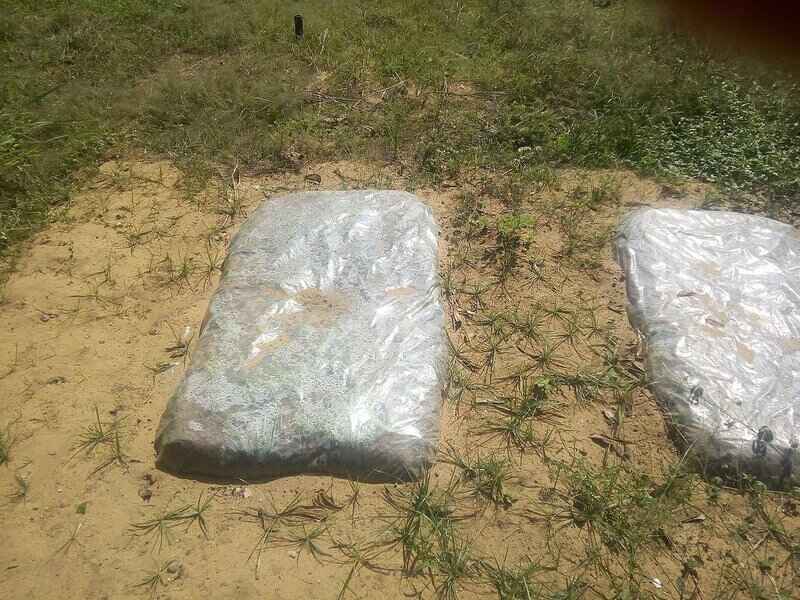
Smothering, also called sheet mulching, is another technique to control crabgrass by covering the plant with different materials. This prevents the weeds from getting sun and water, gradually weakening them and eventually killing them. You can smother your weeds using cardboard, organic mulch, biodegradable mulch film, or even by planting mat-forming groundcovers.
Solarization is a quicker process than smothering, and consists of placing a clear tarp over the crabgrass weeds to increase the soil temperature and kill the plants underneath. However, the efficacy of this method varies according to your local climate: In Minnesota, for example, it isn’t as effective as it is in warmer states.
Crabgrass Removal by Grass Type
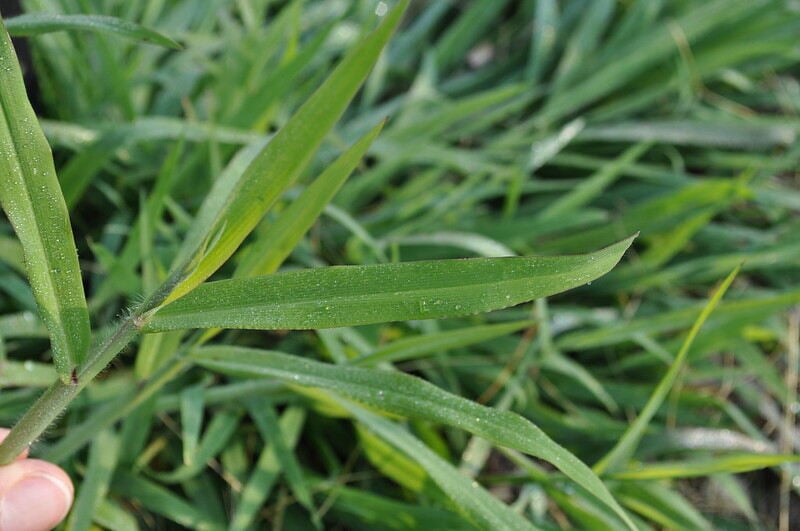
Different types of grasses may have different methods of post-emergent crabgrass control:
- For cool-season turf: Products containing quinclorac or fenoxaprop-ethyl are the best to control crabgrass in cool-season grasses. There are other options on the market (products containing MSMA, dithiopyr, mesotrione and topramezone), but the two most effective and readily available for homeowners are quinclorac and fenoxaprop-ethyl.
- For warm-season turf: For warm-season grasses, there are some limitations on herbicide use, as some are not suitable for all grasses. Here are the best post-emergent options for crabgrass control depending on your grass type:
| Turfgrass | Post-emergent herbicide |
| Centipedegrass St. Augustinegrass | Atrazine |
| Zoysiagrass Bermudagrass | Fluazifop; quinclorac and sulfentrazone mixtures |
| Bahiagrass | Glyphosate and other non-selective herbicides (for spot treatments) |
| Carpetgrass | Sulfentrazone |
Note: Some of these herbicides, such as fluazifop, can cause damage to Bermudagrass, so make sure to use at reduced rates. Also, don’t use it on Bermudagrass when temperatures are above 85 degrees F.
What about weed and feed? If you’re considering using a weed and feed, this might not be the best option if you have cool-season turf; the fertilizer may end up burning your grass. If you have warm-season turf, opt for weed and feeds specially targeted to manage crabgrass. (See our list of Best Weed and Feed Products to choose the right one.)
See Related:
Troubleshooting: What to Do When Crabgrass Won’t Die
If you’re having trouble keeping crabgrass from invading your lawn, you might want to combine approaches:
- Invest in the best lawn management practices: Your best bet against crabgrass is to grow dense, healthy grass to outcompete these weeds. Adjust your lawn care practices and pay special attention to your cutting height and if you’re watering properly.
- Apply a pre-emergent at the right time: For lawns with a history of crabgrass infestations, a pre-emergent is your best bet. Early spring is the best time to apply pre-emergent herbicides, when the soil temperature reaches 50 to 55 F for at least 3 days. See suggestions in the section about pre-emergent herbicides below.
- Spot-treat with post-emergents: In addition to proper lawn maintenance practices and using pre-emergents, you might want to treat crabgrass that has sprouted on your lawn with a post-emergent treatment. We’ve listed some suggestions in the section above.
FAQ About Crabgrass
The appearance of crabgrass is usually associated with mowing your lawn too short and overwatering (or watering frequently and lightly). Additionally, there are some other factors that might stress or weaken your lawn and favor crabgrass:
• High temperatures and dry conditions provide an ideal environment for the growth of crabgrass.
• Mowing your lawn too frequently can stress the grass, favoring crabgrass. Usually, mowing your grass once a week during its growing season is enough. See our guide on How to Mow a Lawn the Right Way to see some useful tips on mowing properly.
• Watering your lawn too lightly during the summer can result in shallow and weak grass roots, making it easy for weeds like crabgrass to invade your lawn.
In short, you can keep crabgrass from coming back by applying pre-emergent herbicides (including organic options such as corn gluten meal) and keeping a healthy lawn:
1. Apply a pre-emergent herbicide: Pre-emergent weed killers (sold as “crabgrass preventers”) are the most effective and economical tool to prevent future generations of crabgrass in home lawns.
These pre-emergent herbicides interrupt the crabgrass growth process, preventing complete germination. Look for products containing dithiopyr, pendimethalin, prodiamine, and oryzalin (this last option works especially well on warm-season grasses). Corn gluten meal is a natural weed preventer alternative.
See Related:
• Best Pre-Emergent Herbicides for Lawns
• How to Apply Pre-Emergent Herbicides
2. Adjust mowing and watering: Crabgrassusually appears due to watering issues and/or mowing too short. To solve this, mow your grass at the highest recommended height and follow the one-third rule, never removing more than one-third of the grass’s height at a time. You’ll also want to water deeply but infrequently to encourage strong roots that will strengthen your turf.
3. Strengthen your lawn: The best way to prevent crabgrass is to maintain a strong and healthy lawn. Aerate annually to break up compacted soil, topdress to improve soil quality, and overseed to fill in bare patches. And don’t forget to fertilize your lawn at least once a year
See Related:
• Guide to Weed Control in Your Yard
• How to Prevent Weeds from Growing in Your Lawn
• How to Aerate and Overseed Your Lawn
• Best Fertilizers for Grass in 2025
Hand-pulling and using selective post-emergent herbicides are the fastest ways to kill established crabgrass. On very small crabgrass seedlings, one treatment of horticultural vinegar is also usually effective.
You can use many of the same methods applied to lawns to get rid of crabgrass in garden beds:
• Hand-pull the weeds and dig out the roots.
• Apply post-emergent herbicides labeled to be used in garden beds.
• Apply corn gluten meal or a pre-emergent herbicide to prevent new weeds from sprouting.
Hire a Professional (Call in Reinforcements)
Sometimes, when your weed control plan is getting less than controlled, the best thing to do is bring in backup. In this case, backup means counting on professional lawn care treatment to come up with a strategic offensive on all fronts for crabgrass removal.
Once you’ve exhausted all your options or have 60% crabgrass or other weeds in your lawn, it’s time to call in the allied forces.
Sources:
- “Biology and Management of Crabgrass.” Center for Agriculture, Food, and the Environment at UMass Amherst.
- “Weed Management in Lawns Guidelines.” By M. LeStrange from the UC Cooperative Extension, and C. A. Reynolds, from the UC Statewide IPM Program. University of California Agriculture & Natural Resources.
Main Image Credit: Dennis Oblander / Adobe Stock
